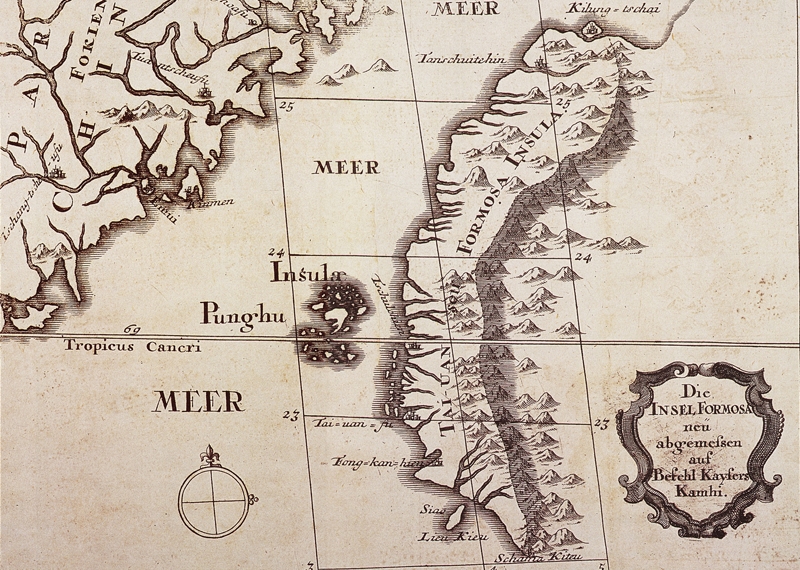
While tea has been in production in mainland China for thousands of years, it was only in production in the island of Taiwan since the 19th century.
After the end of the Second Opium War, the Dutch East India Company discovered that the island of Taiwan to be a perfect place to grow teas due to its climate and humidity. In the 1860s, the industrialization of tea production began through the efforts of a Scotsman named John Dodd, and a businessman from Xiamen named Li Chun Sheng (李春生), who had the acumen and knowledge to grow the tea industry.
Dodd and Li first shipped the crude teas to Xiamen, where they were processed and then exported to the Americas and Europe (as per Qing law). The first oolong tea entered into New York City marketed as “Formosa Oolong”, and was a hugely successful product. This triggered a massive growth in the Taiwanese tea industry. To ensure that this boom lasts, the Qing government created tea institutes to ensure the quality of the exports.
After the Japanese invasion and subsequent control of Taiwan, they introduced black tea from Assam in India to create afternoon milk teas for sale. This was due to the huge boom in milk teas and to directly compete against the Lipton Tea Company’s market-share on black teas. The Japanese government invested in vast amounts of infrastructure in the mountains to make harvesting and transportation easier.
The industrialization of other nations, increasing wages of labor, and the saturation of cheaper teas eventually marked the end of the Taiwanese export market as people preferred cheaper products to higher-grade Taiwanese teas. However, the economic boom of the native Taiwanese began to support the teas, and slowly turned tea from an export to a domestic product. The 70s and 80s were a period of rapid development in tea culture. In fact, many of the “trendy” tea beverages, such as boba tea, were invented during this time.
To be continued in Part II…
Originally published on September 9th, 2020.